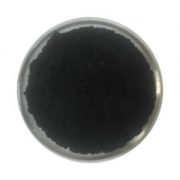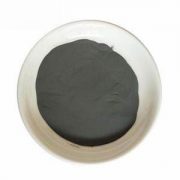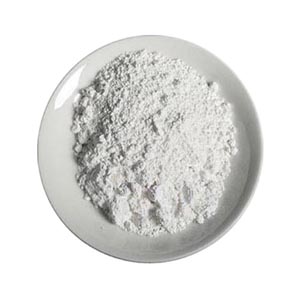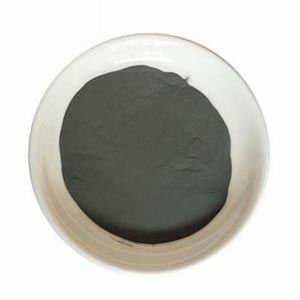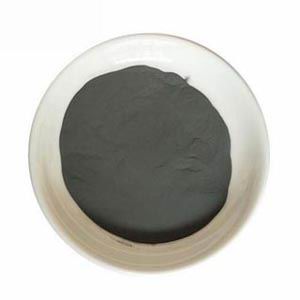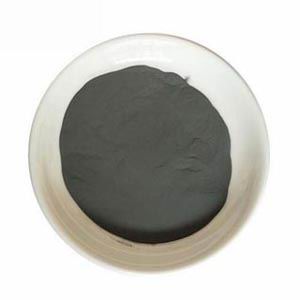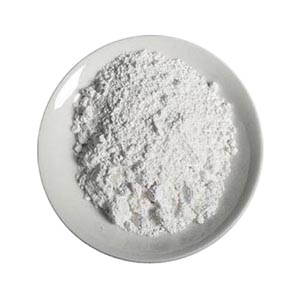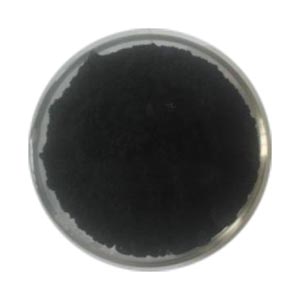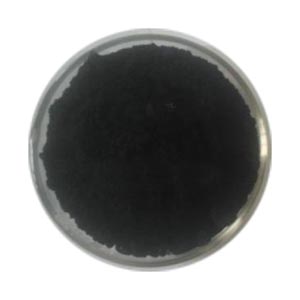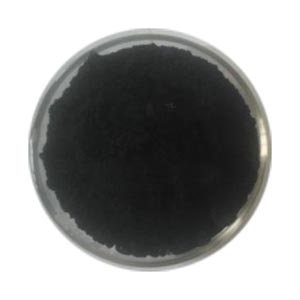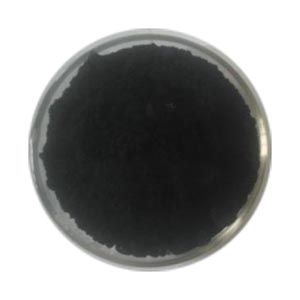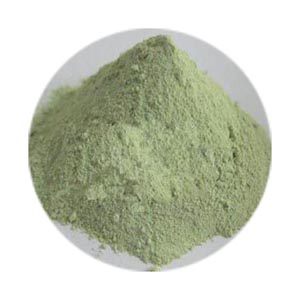
Zirconium tungstate
Other name:
Tungsten zirconium oxide ; Ditungsten zirconium octaoxide
CAS no. : 16853-74-0
EINECS no. : 240-876-3
Molecular formula: Zr(WO4)2
Molecular weight: 586.8992.
- 描述
- Inquiry
Purity: 99.5%
Appearance: Bright green powder
Composition content (%)The test results
Zr (WO4) 2: 99.5 or higher
Mo: 0.02 or less
Cu: 0.0002 or less
Fe: 0.001 or less
Si: 0.004 or less
Pb: 0.001 or less
Na: 0.0001 or less
Cl: 0.0001 or less
Zirconium tungstate is a negative thermal expansion material with excellent performance. It has negative thermal expansion performance in the temperature range of 0.3-1050.0K. ZrW2O8 is a material with a large isotropic negative thermal expansion coefficient over a large temperature range. , is a structural, functional material with great application potential. As a negative expansion material, it is usually used to prepare a composite material with a controllable thermal expansion coefficient. ZrW2O8 mainly uses negative expansion material and photolysis water material. The thermal expansion coefficient is -4.9×10-6K-1 (430-950K, high temperature phase). At room temperature, zirconium tungstate is a cubic crystal, including a low-temperature phase and a high-temperature phase, and undergoes a transition at a temperature of about 430K.
To use:
Used in engineering ceramics, electronic ceramics, metal matrix composites, ceramic matrix composites, cement matrix composites, optical devices, dental materials and other raw materials.
The preparation methods
Immersion method, coprecipitation method, hydrothermal method, sol gel method, hydrothermal method, combustion method.
The solid phase products have impurities and need to be quenched, and the co-precipitation method also needs to be quenched, and the combustion method pollutes the environment, and the coprecipitation method and hydrothermal method are widely used.
Preparing materials
Secondary tungstate, zirconium oxychloride and so on.
Problem:
Tungsten zirconate is difficult to synthesize, high cost and poor performance in high temperature. It is usually selected to add some substances to inhibit its decomposition, but the addition of materials remains to be analyzed.
The storage method
The room temperature is close to the light, ventilated and dry.
The development direction
The thermodynamic stability temperature range of tungsten zirconate is narrow, only between 1105-1257, the material synthesis is difficult, how to improve the product purity, and reduce the production cost is the main development direction of zirconate in the future.
相关产品
-
Vanadate zirconium
Molecular formula: ZrV2O7.
Molecular weight: 315.7.
CAS no. : 13981-20-9
Appearance: yellow powder
Used in functional ceramics, structural ceramics and other aspects as pigments.
Description: The use of temperature: 400-1080 ℃
The coefficient of linear expansion: – 10 x 10-6 ℃ – 1 -
Zirconium acetylacetonate
Other name: Zirconium-2,4-pentanedionate, Zirconium(IV)acetylacetonate; Tetrakis(acetylacetonato)zirconium(IV); 2,4-pentanedione,zrderiv.; acetyl-zirconiuacetonate; nasemuzirconium; orgatixzc150; pentane-2,4-dione-zirconium (4:1);
CAS no. : 17501-44-9
EINECS no. : 241-241-5
Molecular formula: C20H28 Zr O8
Molecular weight: 487.6555.
Melting point: 171-173℃
-
Tungsten silicide
Other name: Tungsten disilicide
CAS no. : 12039-88-2
EINECS no. : 234-909-0
Formula: Si2W.
Molecular weight: 240.011
Density: 9.40 g/cm3
Melting point: 2165 C.
-
Tantalum nitride
Performance characteristics: high purity, no impurity phase detected by XRD
Tantalum nitride (TaN) has superior physical, chemical and mechanical properties (such as high hardness, wear resistance, chemical inertness, thermal stability and low resistance temperature coefficient), and is widely used in wear-resistant coatings, film resistors and diffusion barriers in integrated circuits -
Tantalum diboride
Other name: tantalum boride (1:2)
CAS no. : 12007-35-1
EINECS no. : 234-234-5
Molecular formula: B2Ta.
Molecular weight: 202.572
-
Ammonium vanadate
Other name: Ammoniummetavanadate;Ammonium Vanadate(V); ammonium trioxovanadate; hydroxy(dioxo)vanadium ammoniate (1:1); ammonium oxido(dioxo)vanadium
CAS no. : 7803-55-6
EINECS no. : 232-261-3
Molecular formula: NH4VO3
Molecular weight: 116.9776
Melting point: 200 ℃
Solubility in water: 5.1 g/L (20 ℃)
PSA:57.20000
LogP:0.01980
-
Nano vanadium dioxide VO2
Other name: Vanadium oxide; Dioxovanadium
Appearance: black powder
Grain size: 50nm, 100nm, 500nm
Purity: 99.9%, 98% ( tungsten mingle ) -
Titanium carbonitride
English alias: TITANIUM CARBONITRIDE (7:3); TI (C/N) 30/70 a; TI (C/N) 30/70 b; TI (C/N) 30/70 C; TI (C/N) 50/50 a; TI (C/N) 50/50 b; TI (C/N) 50/50 C; Titanium carbon nitride; TiCN
CAS no. : 12654-86-3
Formula: TiCN
Molecular weight: 121.75
MDL: MFCD01868685
Density: 5.08 g/mL at 25 ℃ (lit.)
Melting point: > 350 ℃ (lit.)
-
Niobium boride
Other name : niobiumbago (NBB); boranylidyneniobium
CAS no. : 12653-77-9; 12045-19-1
EINECS no. : 234-958-8
Formula: B2Nb.
Molecular weight: 103.7174.
Density: 7g/cm3
Melting point: 3050℃
-
Niobium diselenide
Other name: Niobium(IV) selenide, Niobium selenide; Columbium selenide; diselenoxoniobium; niobium(+4) cation; selenium(-2) anion
CAS no. : 12034-77-4
EINECS no. : 234-811-8
Formula: NbSe2.
Molecular weight: 250.8264.
Density (g/mL,25) : 6.3

